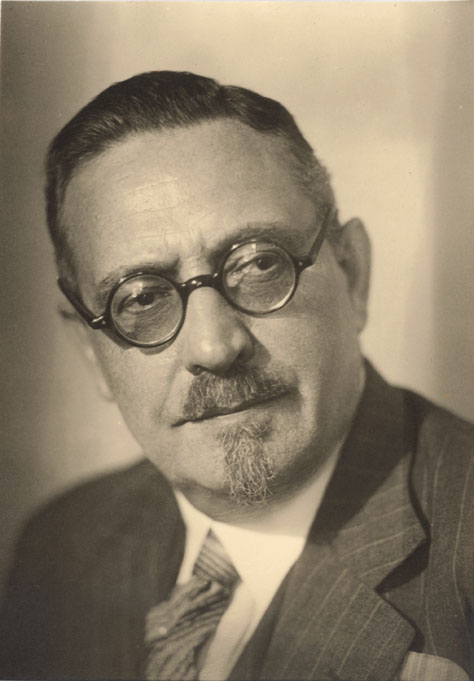Cluster headache historical perspective: Difference between revisions
Saumya Easaw (talk | contribs) |
Saumya Easaw (talk | contribs) No edit summary |
||
| Line 14: | Line 14: | ||
</gallery> | </gallery> | ||
</div> | </div> | ||
==Prevalence== | |||
While [[migraines]] are diagnosed more often in women, cluster headaches are diagnosed more often in men. The male-to-female ratio in cluster headache ranges from 4:1 to 7:1. It primarily occurs between the ages of 20 to 50 years. [http://www.diamondheadache.com/article_archives/cluster_headache.html]This gap between the sexes has narrowed over the past few decades, and it is not clear whether cluster headaches are becoming more frequent in women, or whether they are merely being better diagnosed. Limited epidemiological studies have suggested [[prevalence]] rates of between 56 and 326 people per 100,000.<ref>{{cite journal | author = Torelli P, Castellini P, Cucurachi L, Devetak M, Lambru G, Manzoni G | title = Cluster headache prevalence: methodological considerations. A review of the literature. | journal = Acta Biomed Ateneo Parmense | volume = 77 | issue = 1 |pages = 4-9 | year = 2006 | id = PMID 16856701}}</ref> | |||
[[Latitude]] plays a role in the occurrence of cluster headaches, which are more common as one moves away from the equator towards the poles. It is believed that greater changes in day length are responsible for the increase. | |||
==References== | ==References== | ||
Revision as of 21:12, 11 April 2013
|
Cluster Headache Microchapters |
|
Diagnosis |
|---|
|
Treatment |
|
Case Studies |
|
Cluster headache historical perspective On the Web |
|
American Roentgen Ray Society Images of Cluster headache historical perspective |
|
Risk calculators and risk factors for Cluster headache historical perspective |
Please help WikiDoc by adding more content here. It's easy! Click here to learn about editing.
Editor-In-Chief: C. Michael Gibson, M.S., M.D. [1] Associate Editor(s)-in-Chief: Saumya Easaw, M.B.B.S.[2]
Other names
Cluster headaches have been called by several other names in the past including Erythroprosopalgia of Bing, Ciliary neuralgia, Migrainous neuralgia, Erythromelagia of the head, Horton's headache (named after Bayard T. Horton, an American neurologist who was the first to accurately describe the headache in 1939[1]), Histaminic cephalalgia, Petrosal neuralgia, sphenopalatine neuralgia, Vidian neuralgia, Sluder's neuralgia, and Hemicrania angioparalyticia.[2] Sluder's neuralgia(syndrome) and cluster pain can often be temporarily stopped with nasal lidocaine spray. If successful, outpatient nasal septoplasty and splinting can resolve the condition.[3]
Prevalence
While migraines are diagnosed more often in women, cluster headaches are diagnosed more often in men. The male-to-female ratio in cluster headache ranges from 4:1 to 7:1. It primarily occurs between the ages of 20 to 50 years. [3]This gap between the sexes has narrowed over the past few decades, and it is not clear whether cluster headaches are becoming more frequent in women, or whether they are merely being better diagnosed. Limited epidemiological studies have suggested prevalence rates of between 56 and 326 people per 100,000.[4] Latitude plays a role in the occurrence of cluster headaches, which are more common as one moves away from the equator towards the poles. It is believed that greater changes in day length are responsible for the increase.
References
- ↑ http://www.mayoclinicproceedings.com/inside.asp?AID=3032&UID=
- ↑ Stephen D. Silberstein, Richard B. Lipton. Peter J. Goadsgy. "Headache in Clinical Practice." Second edition. Taylor & Francis. 2002.
- ↑ IHS ICHD2: Mucosal contact point headache
- ↑ Torelli P, Castellini P, Cucurachi L, Devetak M, Lambru G, Manzoni G (2006). "Cluster headache prevalence: methodological considerations. A review of the literature". Acta Biomed Ateneo Parmense. 77 (1): 4–9. PMID 16856701.

